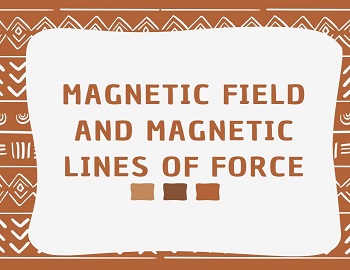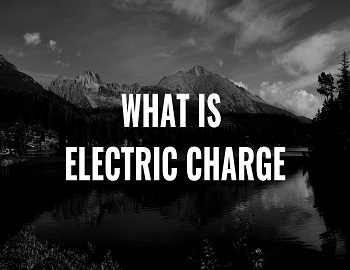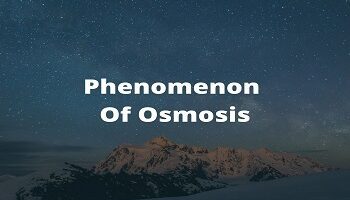Table of Contents
Excretion and Nature of Excretory Products:
Meaning of Excretion:
Excretion is the process by which living organisms get rid of their metabolic waste products. These if retained in the body are toxic. The organs associated with the process of excretion are called excretory organs. The unwanted substances that are excreted out of the body are excretory products or waste products. Excretory organs also help in maintaining the proper concentration of inorganic ions (osmotic balance) and the right amount of water (osmoregulation) in the body.
Thus excretion may be defined as the process of removal of nitrogenous waste products like ammonia, urea, uric acid, etc., along with an excess of water, salts and pigments out of the body. Excretion keeps the internal chemical environment constant. This is called homeostasis.
Nature of Excretory Products:
Living cells are engaged in various synthetic (anabolic) and oxidative (catabolic) activities. The chief metabolic byproducts of these metabolic processes in animals may be grouped under the following two heads-
Respiratory Waste Products:
The catabolic waste products of various types of foodstuffs are CO2 and water. In lower animals, CO2 is eliminated directly into the environment through the general body surface. In higher animals, it is excreted with the exhaled air through the lungs. Water is eliminated in the form of urine and sweat.
Nitrogenous Waste Products:
Nitrogenous waste products are produced in two ways-
(a) Deamination of excess and unwanted amino acids present in the food (exogenous source).
(b) Breakdown of body’s own proteins and nucleic acids (endogenous source).
Need to Deaminate Amino Acids- The body can store carbohydrates and fats for future use but can not store proteins and amino acids. Thus, the excess of amino acids is deaminated by the removal of their -NH2 group. The remaining organic acid is either used as an energy source or changed to carbohydrates or fat and stored.
There are three main nitrogenous waste products excreted by the animals- ammonia, urea and uric acid.
(1) Ammonia- It is formed by the deamination of amino acids during protein metabolism. Ammonia is highly toxic and its rapid elimination is essential. It is highly soluble in water and is quickly eliminated in surrounding water as in aquatic animals such as Protozoa, Hydra etc.
(2) Urea- It is less toxic than ammonia. Most mammals, fishes and amphibians excrete their nitrogenous waste products in the form of urea.
(3) Uric Acid- Insects, some snails, birds and reptiles with few exceptions, excrete uric acid. Uric acid is excreted in solid form. As uric acid is insoluble in water, it crystallizes out from the fluid, urine and water is reabsorbed, thereby allowing conservation of water.
(4) Amino Acids- In certain animals like molluscs and echinoderms, the excess of amino acids is removed as such without undergoing any change.
(5) Other Nitrogenous Compounds- Allantoin and allantoic acid are other nitrogenous excretory products. These are insoluble in water and are used during embryonic development by amniotes with shelled eggs.
There are certain other nitrogenous waste products such as guanine and adenine from nucleic acid breakdown and creatine from the creatine of muscles that are excreted along with other nitrogenous waste products in the urine.
- Mineral Ions- Sodium, potassium, calcium, magnesium, chloride and ammonia are the essential mineral ions in the animals. The excess of these ions taken in with the diets are excreted by one means or the other.
- Vitamins- Excess of water soluble vitamins is eliminated along with urine.
- Drugs- Drugs or their breakdown products are excreted out in urine. Therefore, these are detected by chemical tests of urine.
- Pigments- Pigments present in the food (beet root) or formed by the breakdown of haemoglobin (urochrome) are removed by kidneys and are excreted out along with urine.









Comments (No)